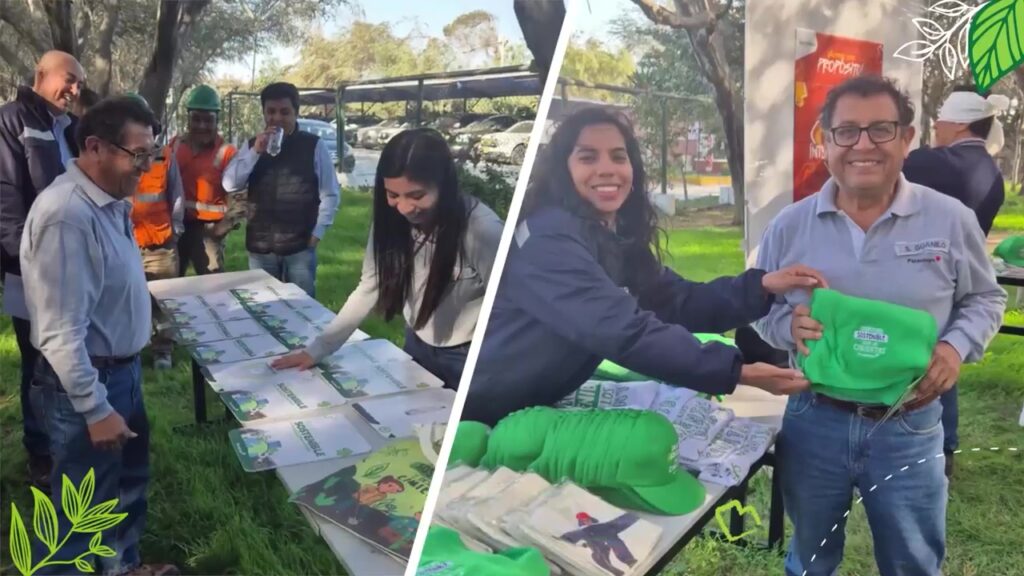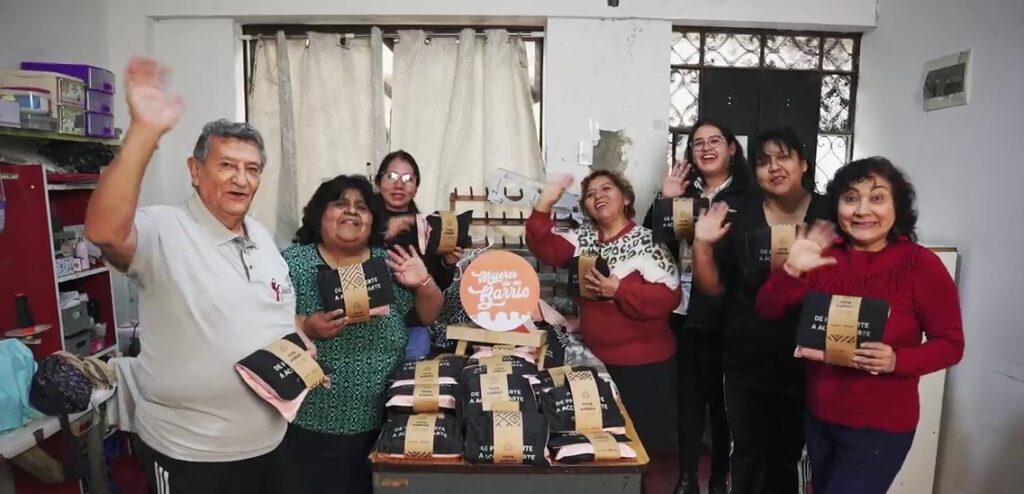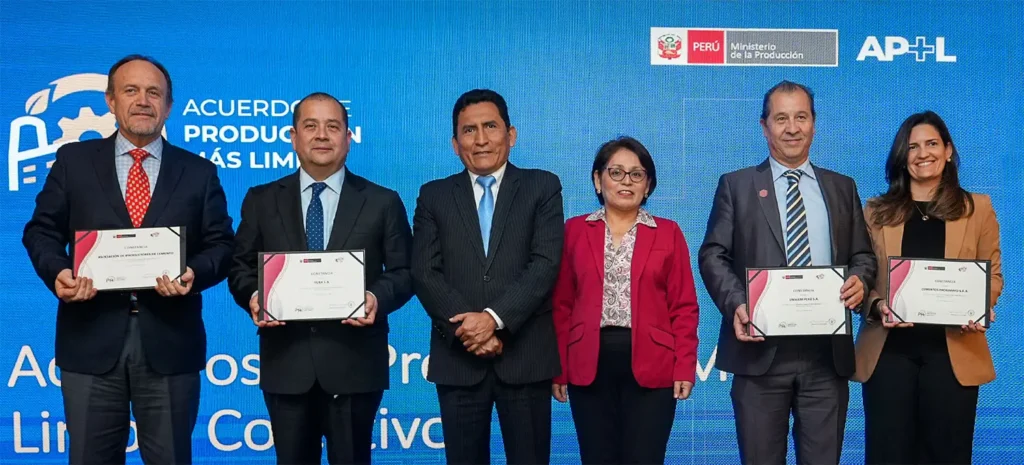The importance of climate change adaptation
The uncertainty of changes in climate is very large and science is not precise about the magnitude of the expected impacts; however, the current context suggests that we must be prepared to face the unpredictable magnitude impacts of climate change and invest in the development of institutional capacities and ordinary people, to increase the resilience of the population and improve their adaptive capacity. For example, to be prepared for more intense and frequent extreme events such as El Niño, extreme rains and frost that affect the Peruvian population; and that these do not generate serious impacts on the welfare of the community and the national economy.
In general terms, Latin American countries have stated, through their Nationally Determined Contributions (NDCs) to the Paris Agreement on climate change, that adaptation is a concern and a national priority, showing that the agricultural, water resources and health sectors are the highest priorities among the countries of the region.
Why is a Technical Adaptation Meeting (TEM A) held?
During the Latin American and Caribbean Climate Week, which took place from August 19-23, 2019 in Salvador de Bahia, Brazil; a Technical Meeting on Adaptation (TEM - A) was held. Considering the relevance of adaptation to climate change, during the COP 21 in 2015, the Technical Review Process on Adaptation (TEP-A) was established to assess the challenges and opportunities in adaptation issues in relation to the Paris Agreement, with a view to 2020.
As part of this process, with the support of the Adaptation Committee of the United Nations Framework Convention on Climate Change (UNFCCC) and in collaboration with the UNFCCC Secretariat, the Inter-American Development Bank (IDB), Libélula and the Regional Network for Climate Change and Decision Making, carried out the regional TEM-A, in which the following participated:
Maria Paz Cigaran - CEO of Libélula; Tomasz Chruszczow - High-Level Champion of Poland, Special Envoy; Sergio Margulis - Senior Research Associate at International Institute for Sustainability; Enrique Maurtua Konstantinidis - Regional Coordinator at LatinoAdapta Project; Jordan Harris - LatinoAdapta Researcher (Adapt Chile, Chile); Amal-Lee Amin - Chief Climate Change and Sustainability Division at IDB; Ramiro Salinas - Liaison for Latin America and the Caribbean at CTCN; Pedro Leitão - Project Director, Brazilian Foundation for Sustainable Development.
The objective of this TEM-A was to share experiences and solutions through specific regional, national and local examples that can leverage public and private investments in adaptation and resilience at scale in Latin America and the Caribbean while better informing the formulation and implementation of National Adaptation Plans (NAPs) in the countries of the region.
Main challenges and opportunities with respect to adaptation financing
One of the challenges is that there is not enough money in international funds and there is little capacity for access by national and local actors. National governments have a fundamental role to play in catalyzing financing, identifying opportunities to boost public-private investment, since international funds will not be sufficient or adequate to the needs. To this end, they must generate their own instruments and funds, as in the case of Colombia and the creation of the National Disaster Risk Management Fund, created after the 2012 La Niña. This fund started with its own public resources and is now attracting new international funds, which has allowed it to expand its disaster response, prevention, care and post-disaster rehabilitation actions. On the other hand, there is also the opportunity to promote private investment through instruments that exist in the market such as micro-credits, insurance, bonds; as well as to create capacities in the institutions to be able to measure and value the impact of adaptation projects.
Another challenge identified during the session was that the size of local projects does not meet the minimum ticket that multilateral banks can finance, due to the fact that local work is done on a small scale (municipalities) and financial agencies can only process large financing. Faced with this challenge, a strategy that should be replicated and scaled up is the associative experience of the Argentine Network of Municipalities facing Climate Change, which, through vehicles such as trusts, has been able to access resources from multilateral entities. This experience also invites us to reflect on the possibility of generating partnerships between cities, public-private entities, academia, etc. in order to attract financing that is inaccessible on a small scale. In short, the opportunity lies in generating links that can provide adaptation solutions to the real challenges that affect the region in relation to climate change.
Conclusions
The session highlighted the need to be prepared for uncertainty, as we have mentioned before, natural disasters are not under our control, so planning and prevention are necessary. The design of NAPs should include an investment component to prepare for a future that we do not know, but that we know will affect our livelihoods. In addition, both the design and implementation of NAPs should take into consideration that in order to have an impact and scale, a programmatic approach should be followed that allows access to resources in a simpler and more structured way, considering the success stories of the region. The development of enabling conditions to be able to leverage financing is fundamental to be able to really have an impact with adaptation projects, which must also be evidenced in metrics that allow justifying the amounts of investment with vulnerability reduction.
If you missed the event you can watch it here:
Part 1:
Part 2:
For more information on the results of the session, you will soon be able to find the report at: http://tep-a.org/2019-regional-technical-expert-meetings-on-adaptation/




